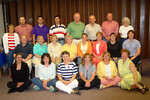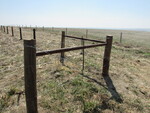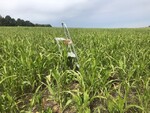Posted date: Oct 31, 2016
by: Jason Padgett
2960 Views

The migrating swarm landed and worked it's way down Main street this morning, and the townsfolk protected themselves and our town in the only way that seems to work: by pacifying them with toys and treats. Only then are they distracted enough to pass by the town without causing too much damage. As they are distracted, it can actually be pleasant to see the creativity of the patterns and bright colors of their exoskeletons, but don't be fooled, without chocolate in their pouches, we would all be doomed.
The people on Main street were able to only temporarily quench the sugary needs of the glittery horde. The day is not over, and as the evening draws closer, and as the temperature begins to drop, they will once again take flight. Having eaten all of the sweets from the businesses on Main street, they will now focus their unending hunger for lollipops on the homes throughout the town. It is now the job, nay, the duty of the residents of St. Francis to save us tonight from the second wave of foul critters which threatens us with tricks should we fail to deliver the treats.

We can survive this, we can come together and get through this nightmare, we can go on to live our lives.
That is, until next year.







